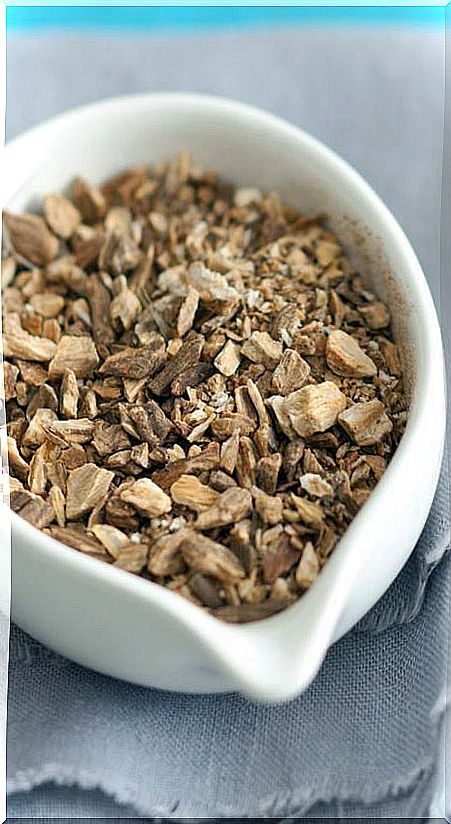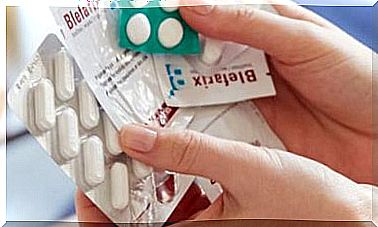5 Plants To Treat Dermatitis Naturally

How to cure dermatitis (eczema) with natural means
Dermatitis or eczema, a generic term that means “inflammation of the skin”, encompasses different mild pathologies that, in general, are divided into two main types:
- Atopic dermatitis is caused by a reactive or allergic process to a certain substance or particle and manifests itself with redness, swelling and blisters. It is frequent in the delicate skin of the baby.
- Seborrheic dermatitis is an inflammation in fatty areas of the body that causes white or yellowish scales and pimples to form. It usually affects the skin of the face, lips, nose and ears or the scalp.
People with allergies or asthma are prone, but other factors aggravate dermatitis: stress, anxiety, having low defenses after an illness, dry skin, frequent swimming or bathing, the use of dyes or perfumes, colds or contact with polluting substances or with plant pollen and dust.
Alternative or complementary treatment
Doctors usually prescribe specific products and antihistamine drugs and hydrocortisone. But you can substitute or supplement them with natural products, such as burdock, fenugreek, aloe vera, brewer’s yeast, oats, or a certain species of fern.
They require, yes, perseverance. Its purifying and astringent effect is a great help.
Seborrheic dermatitis under control
Cucumber is especially effective against seborrheic dermatitis. The cucumber is crushed with the mixer and the pulp is spread on the face, like a cream, to remain with it for about 45 minutes.
Some add apple cider vinegar and olive oil. Then you wash your face with a cold infusion of plantain and witch hazel.
How to make a green clay mask
Another option is green clay compresses or masks for their great purifying power and their regulating effect on skin sebum.
You can find products prepared and ready to be used in herbalists, or you can make the clay paste yourself at home.
Spread it like a mask over the face and neck, leave it for a few minutes to absorb excess oil , and remove it with warm water and a loofah or towel.
Apply it twice a day until the dermatitis improves. Then, as maintenance, you can apply it once a week, to keep the seborrhea under control.









